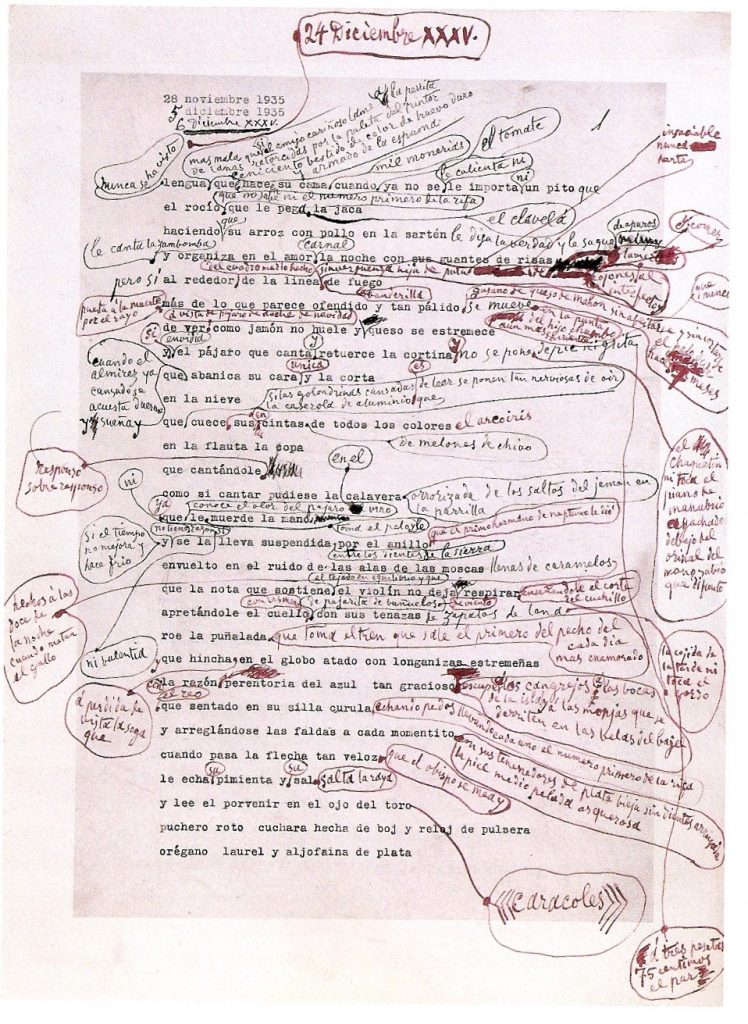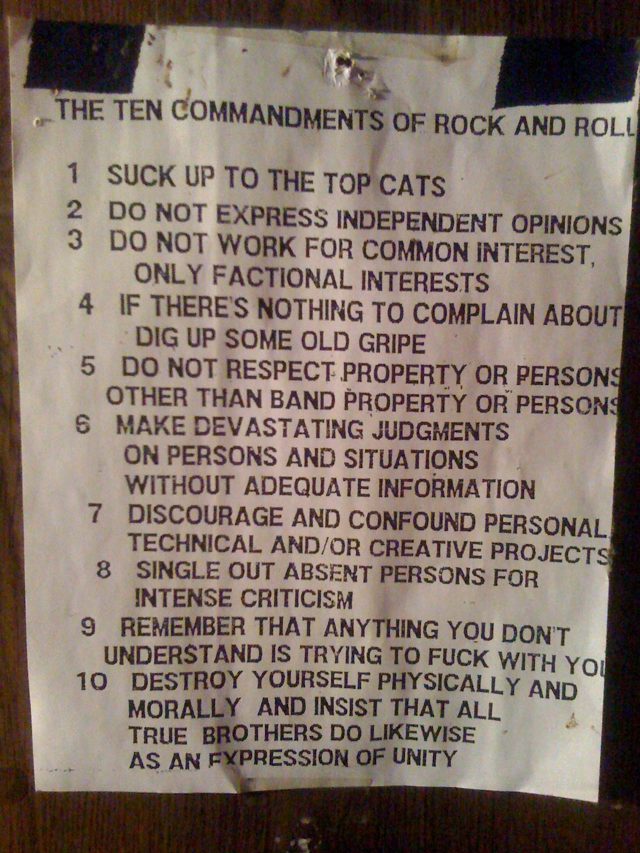When you think of Audrey Hepburn, you think of Roman Holiday, the 1953 film that launched her career. How can you forget Hepburn as Princess Anne? Originally, the part was written for Elizabeth Taylor, then a major star. But something happened during the casting that changed all of that. In his biography of Ms. Hepburn, the author Barry Paris writes:
Her Roman Holiday test took place at Pinewood Studio in London, September 18, 1951, under [Thorold] Dickinson’s direction. “We did some scenes out of the script,” he said, but “Paramount also wanted to see what Audrey was actually like not acting a part, so I did an interview with her. We loaded a thousand feet of film into a camera and every foot of it went on this conversation. She talked about her experiences in the war, the Allied raid on Arnhem, and hiding out in a cellar. A deeply moving thing.”
Later, so the story goes, the director William Wyler watched the footage (shown above) in Rome and found it irresistible. He claimed: “She had everything I was looking for: charm, innocence and talent. She also was very funny. She was absolutely enchanting, and we said, ‘That’s the girl!’ ”
In watching the footage, one thing will leap out. Hepburn’s adolescence was hardly suited for a princess. Living in the Dutch town of Arnhem during World War II, she experienced the harsh German occupation firsthand and suffered from malnutrition, acute anemia, respiratory problems, and edema by the war’s end. It was a formative experience that later made her a devoted activist for children’s rights.
Follow us on Facebook, Twitter, Google Plus and LinkedIn and share intelligent media with your friends. And if you want to make sure that our posts definitely appear in your Facebook newsfeed, just follow these simple steps.
Related Content:
Marlene Dietrich’s Temperamental Screen Test for The Blue Angel (1929)
Marlon Brando Screen Tests for Rebel Without A Cause (1947)
Bruce Lee Auditions for The Green Hornet





